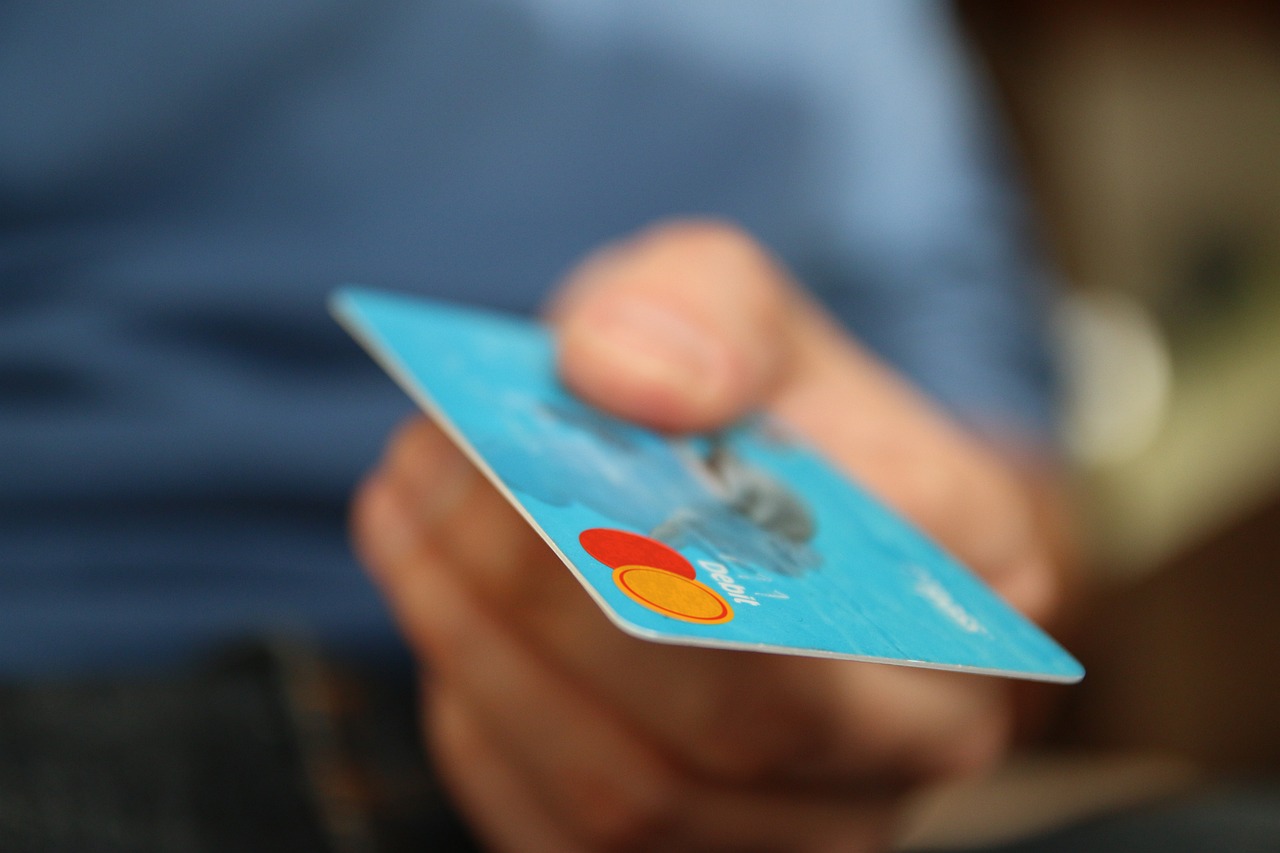ATMs are a daily convenience—but they’re also a target for criminals. One of the most common fraud tactics is “skimming,” where thieves secretly install devices to steal your card data and PIN. In this guide, we’ll explore what ATM skimming is, the signs of tampering, and how you can protect yourself every time you withdraw cash.
🔍 What Is ATM Skimming?
ATM skimming is a method used by fraudsters to steal your card information. They attach hidden devices to ATMs to copy your card’s magnetic strip and record your PIN using tiny cameras or fake keypads.
Once they have this data, they can clone your card and make unauthorized purchases or withdrawals—sometimes even overseas, making detection harder.
👁️🗨️ Visual Signs of ATM Tampering
Before inserting your card, spend a few seconds visually inspecting the ATM. Here’s what to look for:
1. Odd-looking card reader
- A real card reader is flush and firmly attached.
- If the reader looks bulky, misaligned, or protrudes unusually, it might be a skimmer attached over the original.
2. Scratches or adhesive marks
- Skimmers are often glued onto machines. Look for glue residue, tool marks, or fresh scratches around the card slot or keypad.
3. Hidden cameras
- Scammers install tiny cameras above or beside the keypad to capture your PIN.
- Look for suspicious holes, mirrored bubbles, or boxes facing the keypad.
4. Unusual keypad appearance
- Sometimes, a fake keypad is laid on top of the real one.
- If the keypad looks raised, unusually thick, or inconsistent in color, it could be a trap.
🖐️ Tactile Clues You Shouldn’t Ignore
Looks aren’t everything—use your sense of touch:
1. Loose card reader
- Try gently wiggling the card slot. A legitimate reader is solid. If it shifts or feels hollow, that’s a warning sign.
2. Keypad doesn’t feel right
- If the keys feel spongy, too stiff, or respond slowly, it could be a fake overlay.
3. Sticky or oily surfaces
- Residue or stickiness may indicate recent attachment or removal of a skimmer.
🧠 Smart Habits to Prevent ATM Fraud
Even when nothing looks suspicious, you should always follow these habits:
- Cover the keypad with your hand while entering your PIN.
- Avoid standalone or dimly lit ATMs, especially at night.
- Prefer ATMs located inside bank branches—they’re usually under surveillance.
- Change your PIN regularly, especially if something felt off.
💡 What to Do If You Suspect ATM Skimming
- Cancel the transaction immediately and do not insert your card.
- Report the machine to the bank or nearby business if it’s off-site.
- Take photos if possible, especially if you notice tampering.
- Contact your bank right away to block the card or monitor for fraud.
- Watch your statements closely for the next several days.
Need help?
If you’ve fallen victim to skimming or noticed suspicious ATM activity, Fast-Recover can help you take action. We support victims of digital and financial fraud in identifying the source, making official complaints, and pursuing recovery wherever possible.
📧 Reach out to: info@fast-recover.com


